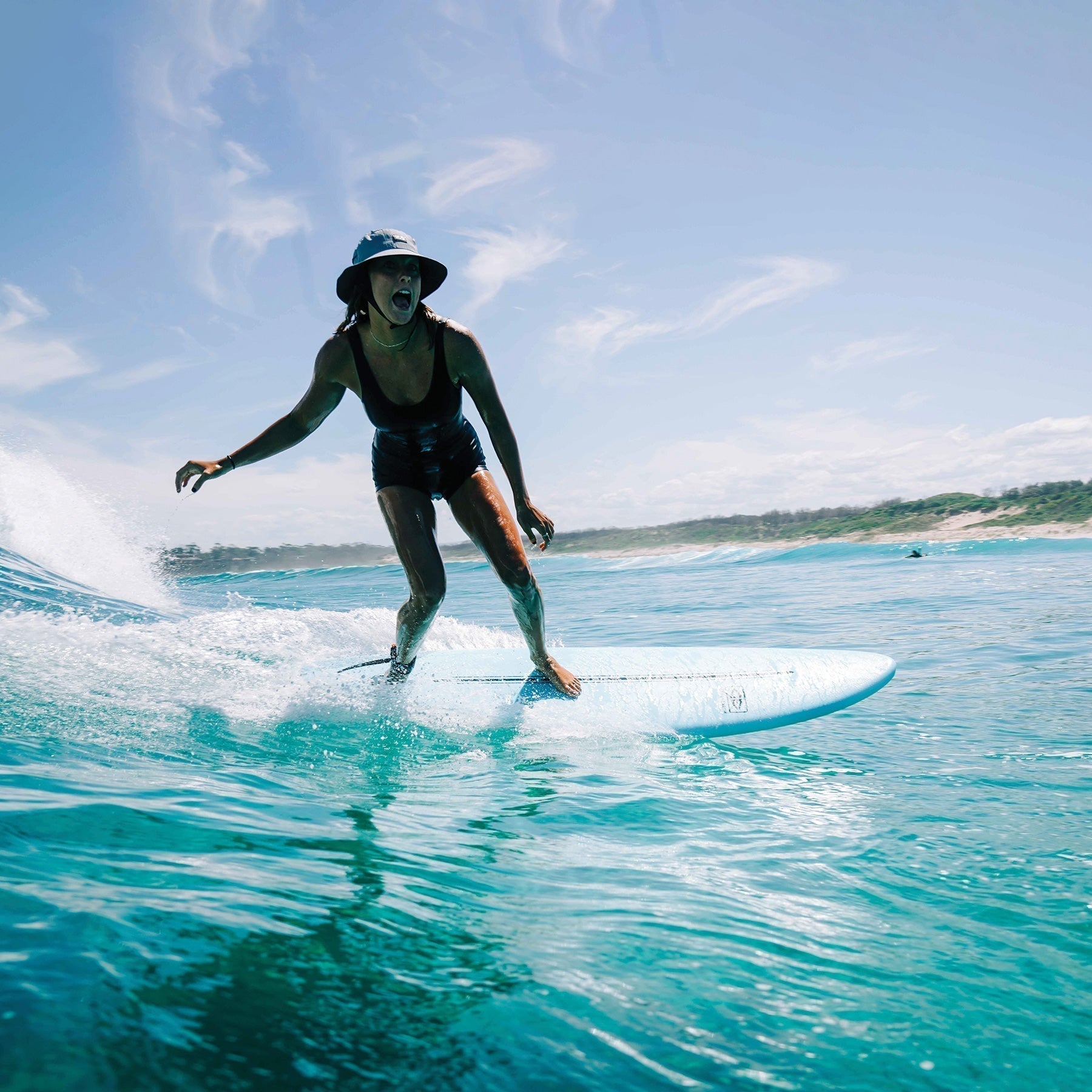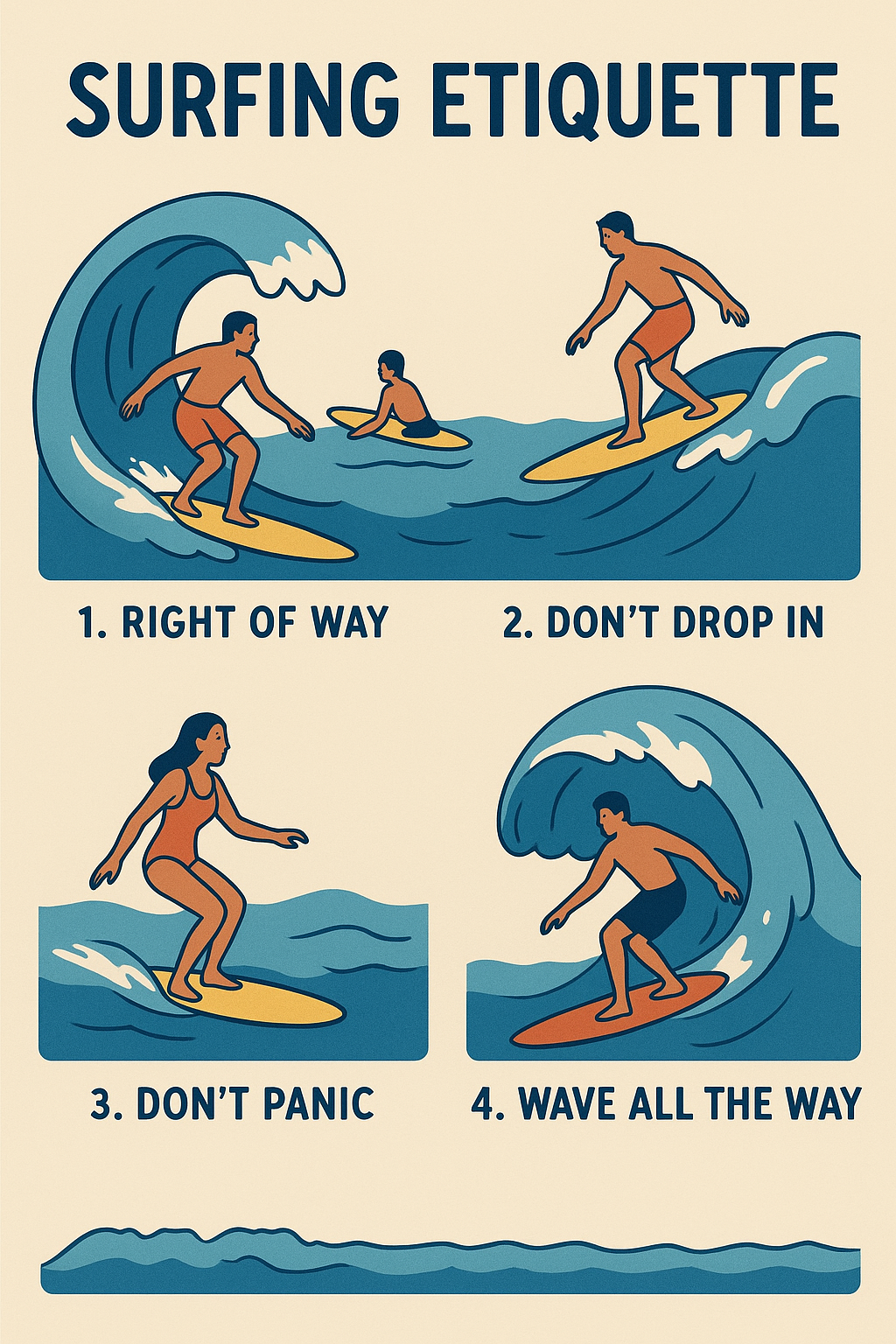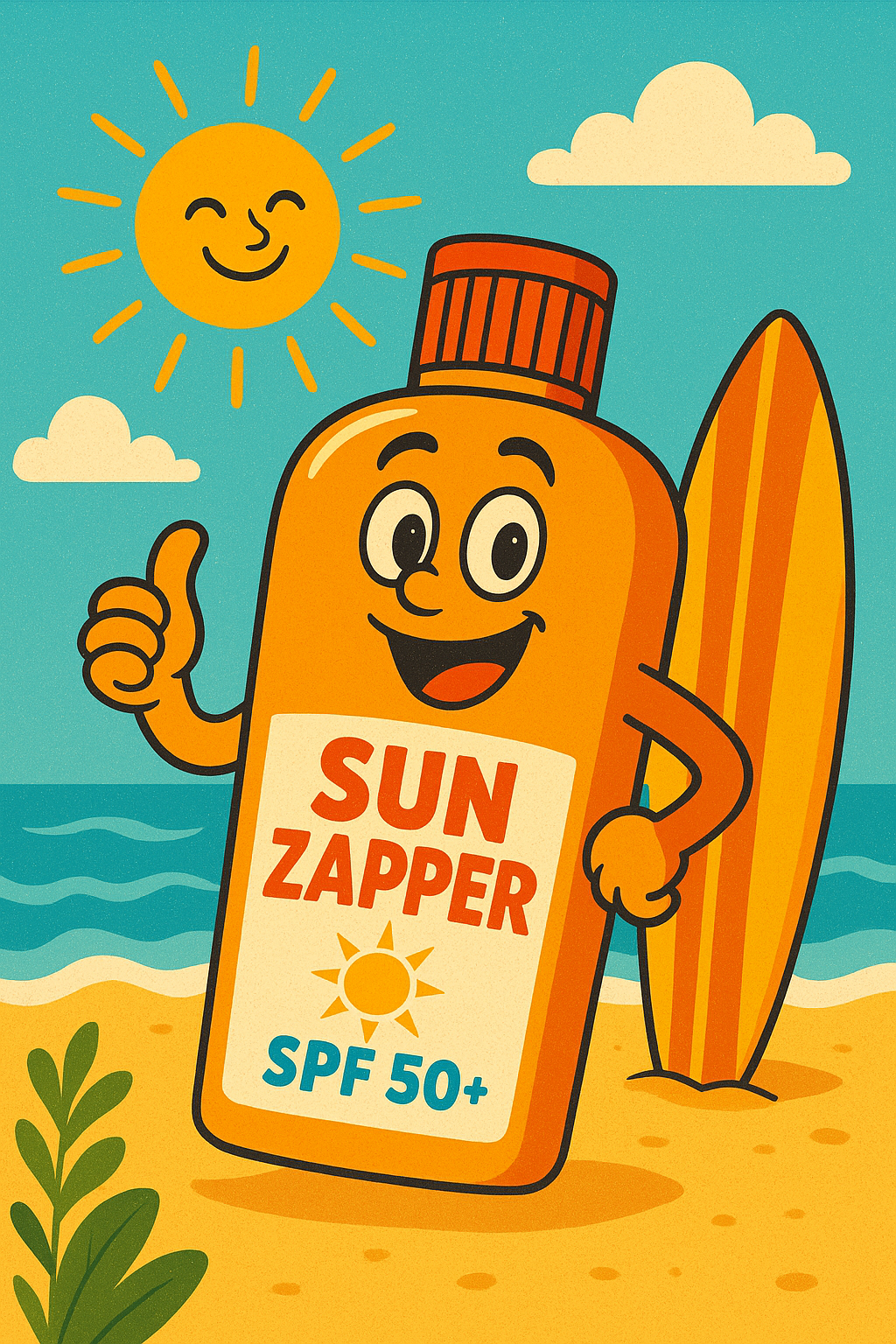Stepping into the world of surfing is exciting, but one of the most crucial steps is choosing the right surfboard. The surfboard you start with can make or break your learning experience. Get it right, and you’ll catch waves sooner, progress faster, and enjoy every minute in the water.
With countless options out there, beginners often ask: What is the best surfboard for beginners? or How do I choose a surfboard that’s right for me? If you’re wondering how to pick a surfboard, this guide breaks down everything you need to know, from size and shape to materials and volume, to help you make an informed decision.
1. Why the Right Surfboard Matters
Learning to surf can be challenging, and the wrong board will make it even harder. The right surfboard for beginners offers stability, buoyancy, and easy paddling, key elements that help new surfers catch more waves and stay balanced. On the other hand, starting on an advanced board like a shortboard may lead to frustration, slow progress, and a bruised ego.
2. What Size Surfboard Should a Beginner Use?
When considering how to choose the right surfboard, size is the first factor. A longer and wider board provides more surface area, which increases stability and makes it easier to paddle and balance.
Recommended beginner sizes:
-
Adults: 7’6” to 9’0” long, 20–22 inches wide
-
Kids: 6’0” to 7’0”, depending on height and weight
Remember, surfboards for beginners should offer ease of use, not just look cool. A longer board will help you stand up more easily and stay up longer.
3. Longboard or Shortboard?
Another common question: Should I start with a longboard or shortboard?
If you’re wondering how to pick the right surfboard, the answer is almost always a longboard. Longboards are longer, wider, and thicker, perfect for learning how to paddle, balance, and ride your first waves. They offer a more forgiving platform to develop your technique and build confidence.
Shortboards, while sleek and agile, require more skill to ride. They’re designed for sharp turns and tricks, which are great once you're experienced, but not ideal when you’re still learning to stand up.
4. What Type of Surfboard Is Best for Beginners?
For those just starting out, the best surfboard for beginners is a soft-top surfboard. These boards are made with foam decks, offering more cushioning if you fall (which you will) and making them safer in crowded beginner lineups. They’re also less likely to injure you or others.
In addition to being safe, soft-tops are durable and often more affordable than fiberglass boards, making them a smart investment for learning. If you're choosing a surfboard for kids or teens, soft-tops are especially recommended.
5. Understanding Surfboard Volume
Volume measures how much space a surfboard occupies, usually in liters. For beginners, higher volume = better. A board with more volume will float better, making it easier to paddle, catch waves, and stay balanced.
Look for boards with at least 60–80 liters of volume depending on your weight. If you're unsure how to find the right surfboard, volume should be at the top of your checklist.
6. Additional Tips on How to Pick a Surfboard
When choosing a surfboard, consider the following:
-
Your fitness level: Fitter surfers can handle slightly smaller boards
-
Your goals: Want to cruise and have fun? Go long. Want to perform tricks? You’ll eventually move to a shortboard
-
Your environment: Small, mushy waves are perfect for longboards; punchy shore breaks require something more responsive
Still wondering how to pick a surfboard? Talk to your local surf shop, they’ll factor in your body type, experience, and wave conditions to help you pick the right board.
7. How to Find the Right Surfboard for You
With so many variables, choosing the right surfboard can feel like a puzzle. But now that you understand the basics, surfboard size, volume, board type, and your surfing goals—you’re much better equipped to make the right call.
Make sure to test different boards if you have the opportunity. Some surf schools and surf shops offer demo programs, letting you try before you buy.
Final Thoughts
If you're still unsure how to pick the right surfboard, just remember: bigger and softer is better when you're starting out. A high-volume soft-top longboard is the gold standard among surfboards for beginners.
By following these tips, you’ll spend less time struggling and more time standing up and riding your first waves. And that’s what it’s all about.
Whether you’re choosing a surfboard for the first time or helping someone else begin their journey, take the time to get it right. Because when it comes to surfing, the right board makes all the difference.
Begin your surfing adventure with the gear that makes a difference - visit our surfboard warehouse to find boards and accessories perfect for beginners. for boards and accessories that match your journey.








